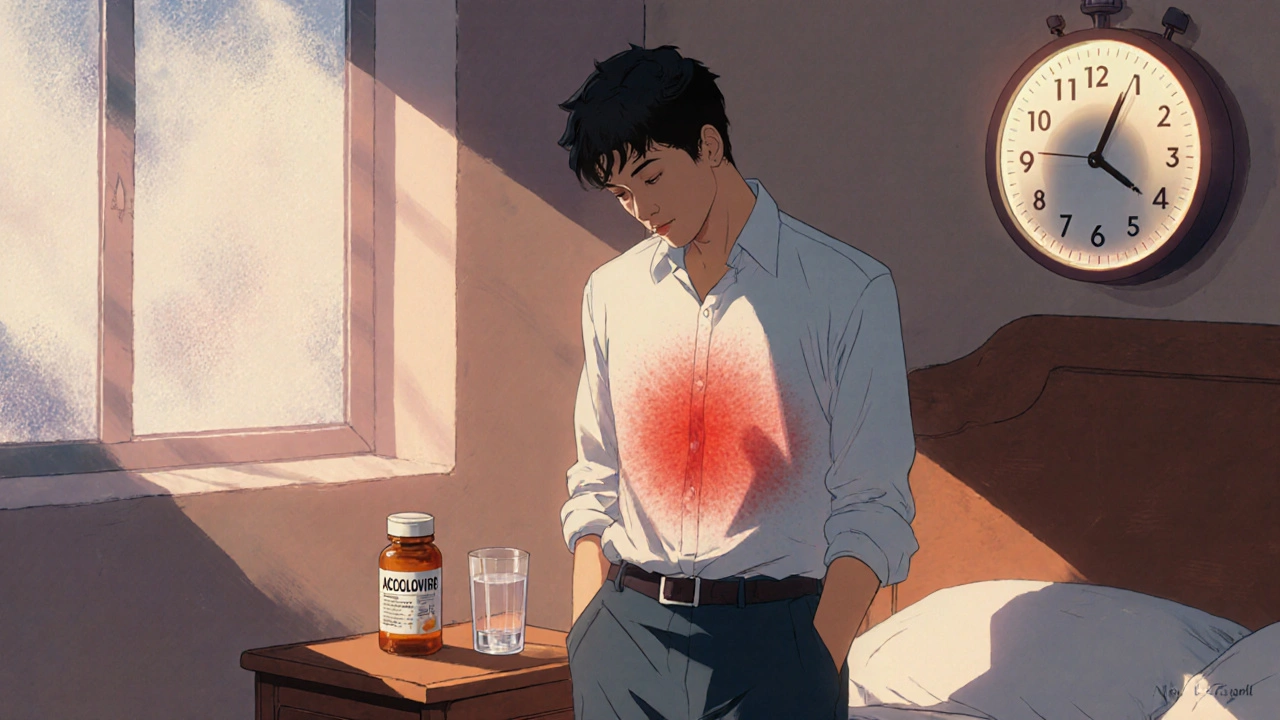
Shingles Treatment Calculator
Acyclovir Treatment Calculator
This tool helps determine optimal acyclovir treatment timing and dosage based on rash onset and kidney function. Remember: treatment is most effective when started within 72 hours of rash onset.
Treatment Analysis
Enter your rash onset date and kidney function to see your treatment recommendations.
Important: This tool provides general information only. Always follow your doctor's specific recommendations for your treatment plan.
Key Takeaways
- Acyclovir shortens the rash phase and reduces complications when started within 72 hours of shingles onset.
- Typical adult dosage is 800 mg five times daily for 7‑10 days, adjusted for kidney function.
- Other antivirals such as valacyclovir and famciclovir have higher oral bioavailability but cost more.
- Common side effects are mild - headache, nausea, and kidney irritation - but severe reactions require immediate medical attention.
- Patients with weakened immune systems or chronic kidney disease need close monitoring while on therapy.
Shingles, also called herpes zoster, can turn a mild tingling sensation into a painful, blistering rash that lasts weeks. When the varicella‑zoster virus (VZV) reactivates, doctors often turn to acyclovir to keep the virus from spreading and to ease the pain. This article walks through exactly how acyclovir fits into shingles treatment, the right way to take it, who should be cautious, and how it stacks up against newer antivirals.
Acyclovir is a synthetic nucleoside analogue that interferes with viral DNA synthesis. By mimicking the natural building block guanosine, it gets incorporated into viral DNA and halts chain elongation, effectively stopping VZV from replicating.
Shingles (herpes zoster) is a painful skin eruption caused by the reactivation of the latent varicella‑zoster virus, the same virus that causes chickenpox. After a primary infection, VZV hides in nerve ganglia and can flare up decades later, especially when immunity wanes.
Why timing matters
The antiviral benefit of acyclovir drops sharply after the first 72 hours of rash onset. Studies from the CDC show that early treatment reduces the duration of the rash by about 2‑3 days and cuts the risk of postherpetic neuralgia (PHN) by roughly 15 percent. If you notice the characteristic band‑like rash or burning pain, call your clinician right away.
Standard dosing and adjustments
- Adults with normal kidney function: 800 mg orally five times a day for 7‑10 days.
- Elderly or patients with CrCl < 30 mL/min: reduce dose to 400 mg five times daily or extend interval to every 8 hours.
- Renal dosing calculators (e.g., the Cockcroft‑Gault equation) help personalize the regimen.
Take the dose with a full glass of water and stay well‑hydrated to lower the chance of crystal formation in the kidneys. Missing a dose? Take it as soon as you remember, but never double up.
How acyclovir works against VZV
VZV relies on a viral thymidine kinase (TK) to phosphorylate nucleosides. Acyclovir is first phosphorylated by this viral TK, then further modified by cellular kinases to its active triphosphate form. The active form competes with deoxyguanosine triphosphate during DNA replication, causing premature chain termination.
Because normal cells lack the viral TK, acyclovir selectively targets infected cells, which explains its relatively low toxicity profile.
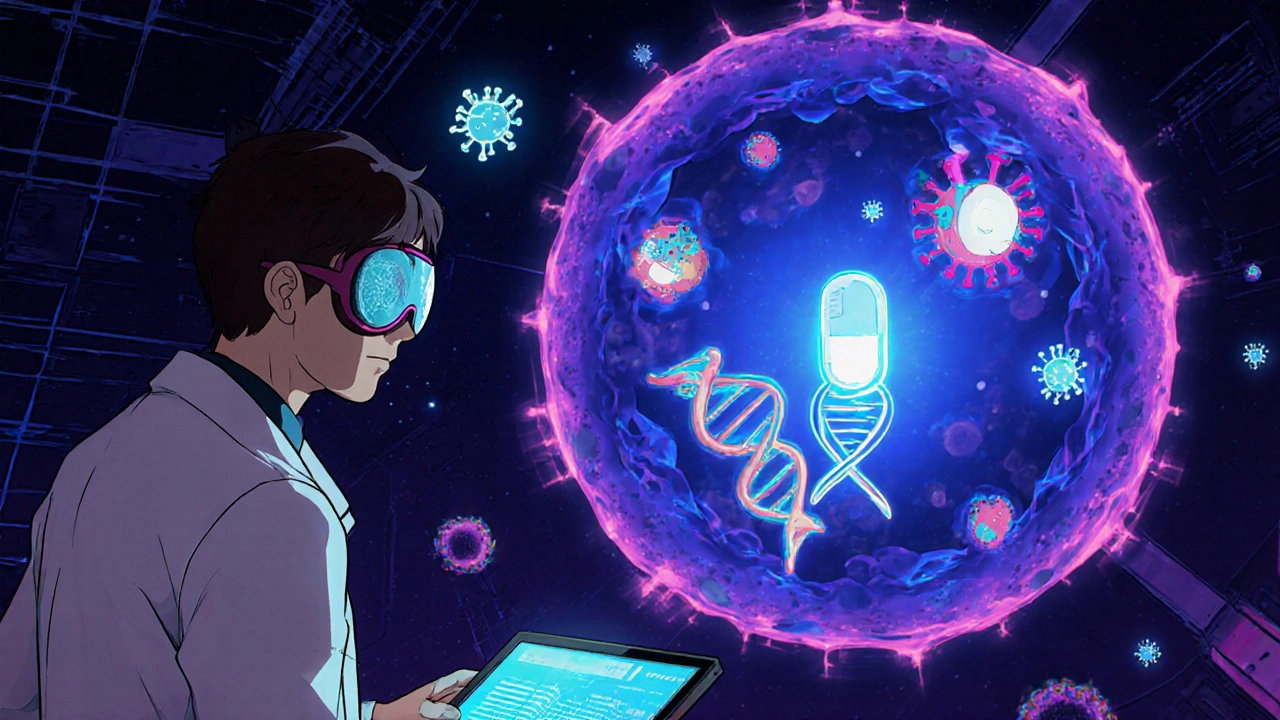
Comparing the three main oral antivirals
| Drug | Typical adult dose | Oral bioavailability | Treatment duration | Key advantage |
|---|---|---|---|---|
| Acyclovir | 800 mg five times daily | ≈15‑20 % | 7‑10 days | Low cost, long track record |
| Valacyclovir | 1 g three times daily | ≈55 % | 7‑10 days | Fewer daily pills |
| Famciclovir | 500 mg three times daily | ≈77 % | 7‑10 days | High bioavailability, good for renal impairment |
All three drugs share the same mechanism of halting viral DNA synthesis, but the dosing convenience and pharmacokinetics differ. If you struggle with a five‑times‑daily schedule, valacyclovir or famciclovir may be easier, though they are pricier.
Side effects and safety tips
- Most common: headache, nausea, mild diarrhea.
- Rare but serious: allergic reactions, Stevens‑Johnson syndrome, acute kidney injury.
- Maintain hydration; avoid concurrent nephrotoxic drugs like NSAIDs unless advised.
- Pregnant women should discuss risks; acyclovir is Category B (no proven fetal harm).
Special populations
Immunocompromised patients (e.g., HIV, transplant recipients) often need a longer course-up to 14 days-and closer lab monitoring. The CDC recommends adding IV acyclovir if oral therapy fails.
Elderly patients have a higher baseline risk for PHN; early antiviral therapy combined with pain control (e.g., gabapentin) improves outcomes.
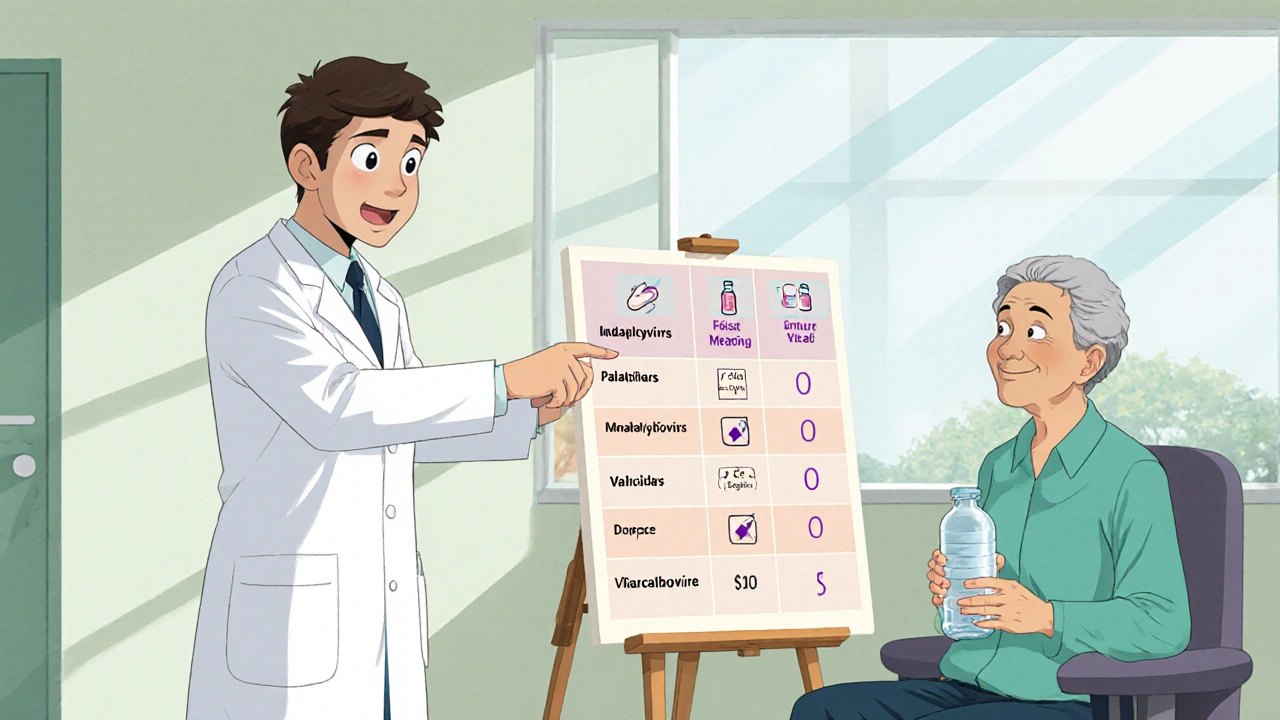
Monitoring and follow‑up
After the first 3‑4 days, assess rash progression and pain levels. If lesions continue to spread or new vesicles appear, consider switching to IV therapy. Laboratory checks (serum creatinine, liver enzymes) are advisable in patients with pre‑existing kidney disease.
When to seek urgent care
- Severe headache or facial weakness (possible involvement of the ophthalmic branch).
- Signs of bacterial superinfection: increasing redness, pus, fever.
- Allergic reaction: rash, swelling, difficulty breathing.
Prompt medical attention can prevent complications such as vision loss or disseminated VZV infection.
Key points to remember
- Start acyclovir within 72 hours of rash appearance.
- Adjust dose for kidney function; stay hydrated.
- Consider valacyclovir or famciclovir if dosing frequency is a barrier.
- Monitor for side effects, especially in the elderly and immunocompromised.
Can I take acyclovir if I’m already on other medications?
Acyclovir has few drug interactions, but it can increase levels of nephrotoxic drugs like aminoglycosides. Always tell your doctor about all prescriptions, over‑the‑counter meds, and supplements.
How long does shingles usually last with acyclovir?
When started early, the rash typically clears in 7‑10 days, and pain subsides within two weeks. Without treatment, the rash can linger for up to 3 weeks.
Is acyclovir safe for pregnant women?
Acyclovir is classified as Category B, meaning studies haven’t shown fetal harm. Still, a doctor should weigh benefits against any theoretical risk.
What’s the difference between shingles and chickenpox?
Both are caused by VZV. Chickenpox is the primary infection in children, whereas shingles is a reactivation that appears later in life, usually as a painful, localized rash.
Can acyclovir prevent postherpetic neuralgia?
Early antiviral therapy lowers the risk, but it doesn’t eliminate PHN. Combining acyclovir with pain‑modulating drugs offers the best protection.
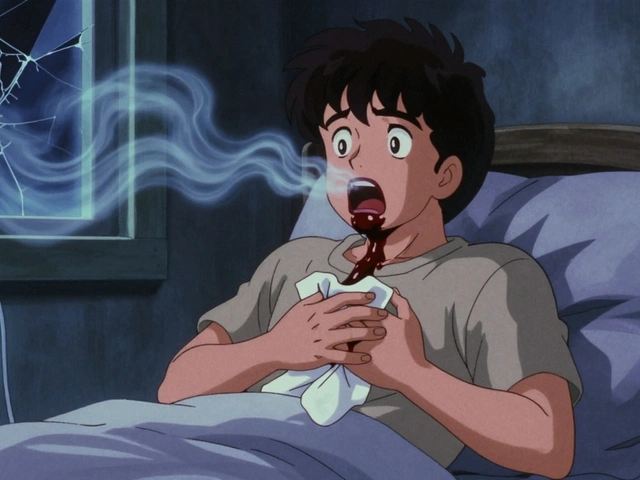
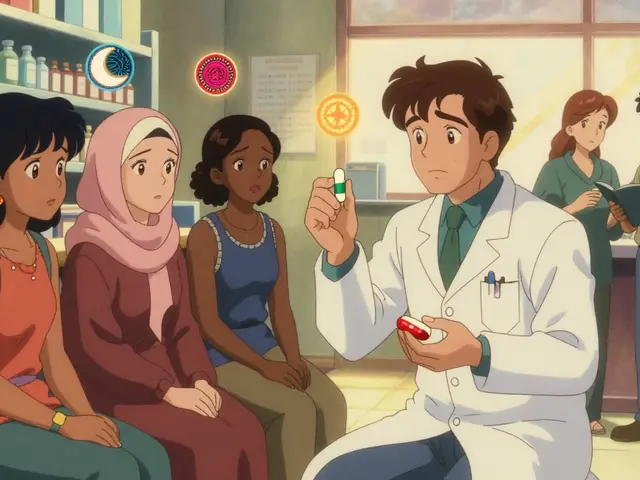
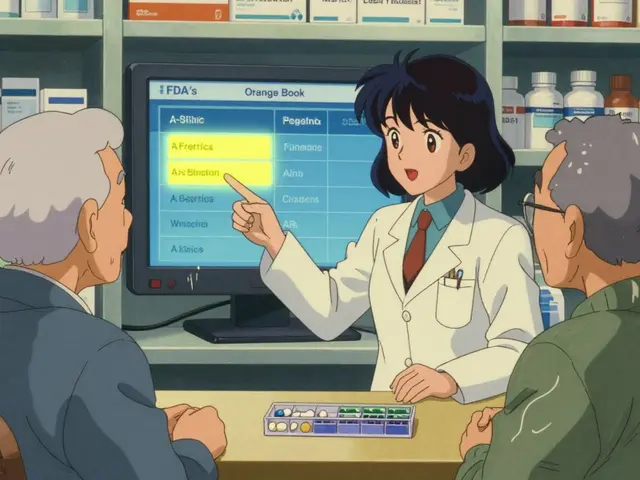
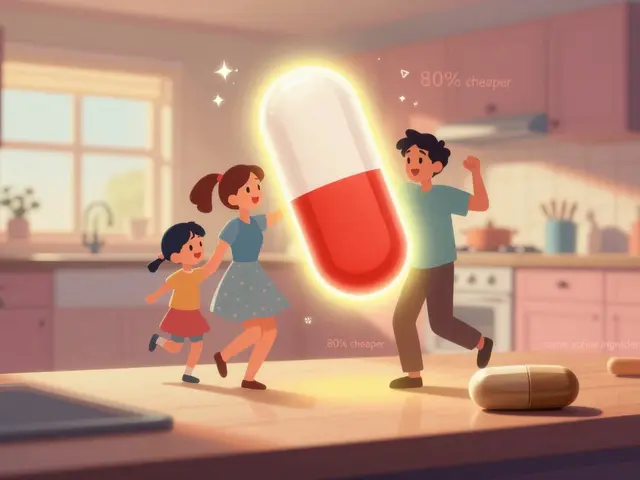
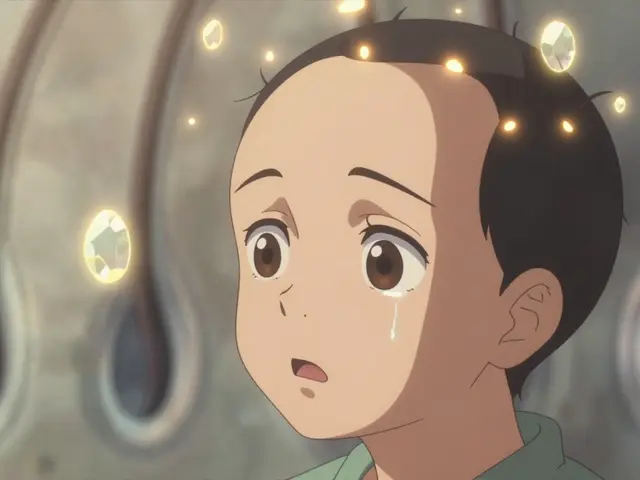
12 Comments
Great, another cheap pill to keep us all dependent.
Starting antiviral therapy within the first 72 hours really makes a difference in both rash duration and the risk of post‑herpetic neuralgia. The article does a solid job outlining why timing is critical, but let me add a few practical tips. First, set a reminder on your phone to take the 800 mg dose every four hours; missing a dose can reduce effectiveness. Second, drink a full glass of water with each pill to help prevent crystal formation in the kidneys – dehydration is a silent enemy here. If you have any existing kidney issues, ask your provider about dose adjustments using the Cockcroft‑Gault formula; they’ll likely drop you to 400 mg five times daily. Third, keep a small snack handy; nausea is a common side effect, and a light bite can keep it at bay. Fourth, consider using a pill organizer labeled with the times of day – it’s a lifesaver for the five‑times‑daily schedule. Fifth, watch for signs of allergic reaction, like a rash that spreads beyond the shingles area or difficulty breathing, and seek emergency care immediately. Sixth, if you’re on other nephrotoxic drugs such as NSAIDs, talk to your doctor about alternatives or close monitoring of creatinine. Seventh, don’t forget to protect the affected area from sun exposure; UV can aggravate skin irritation. Eighth, for those who struggle with the dosing frequency, valacyclovir or famciclovir are convenient alternatives, though they cost more. Ninth, remember that antivirals don’t eliminate post‑herpetic neuralgia entirely, so discuss pain‑modulating options like gabapentin if pain persists. Tenth, stay hydrated throughout the treatment – aim for at least 2 L of fluid daily. Eleventh, if you develop new vesicles after the third day, contact your doctor; it might signal the need for IV therapy. Twelfth, keep a diary of your symptoms, including pain scores, to help your clinician assess progress. Thirteenth, pregnant women should still discuss the benefits versus risks, even though acyclovir is category B. Fourteenth, for immunocompromised patients, a longer course up to 14 days may be warranted, with regular labs to monitor kidney function. Finally, finish the full course even if you feel better; stopping early can lead to viral rebound and complications.
i think its important to note that acyclovir is not the only option out there; valacyclovir and famciclovir have better oral bioavailability, which means you might need less frequent dosing. also, if you have a chronic kidney disease thing, dose reduction is a must, otherwise you could end up with kidney stones. stay hydrated, drink water! and if you notice your rash spreading after a few days, maybe talk to your doc about switching to IV therapy. dont forget that early treatment can really cut down the chance of postherpetic neuralgia, which is a real pain.
hey i just wanted to say thanks for the detailed rundown! i was skeptical about having to take meds five times a day, but now i see the why. i’ll set alarms on my phone and keep a water bottle nearby. also, i’ll ask my doc about checking my kidney numbers just to be safe.
For patients with normal renal function, the standard acyclovir regimen of 800 mg five times daily for 7‑10 days remains the cornerstone of therapy; however, strict adherence is essential to achieve optimal viral suppression.
👍 totally agree! keep that water glass handy, and don’t forget to set those alarms – it’s easy to miss a dose when you’re busy. also, a quick tip: pop the pill with a snack if your stomach’s being stubborn. you got this! 😃
When prescribing acyclovir, clinicians should assess the patient’s glomerular filtration rate and adjust the dosage accordingly; failure to do so may result in nephrotoxicity, especially in the elderly.
It’s interesting how a simple timing decision can influence the trajectory of a disease that’s essentially a reactivation of a childhood virus. The philosophical angle is that early intervention respects the body’s own attempts to restore balance.
Honestly, the medical community should stop glorifying cheap drugs as a one‑size‑fits‑all solution. The nuanced reality is that each patient’s comorbidities demand a tailored approach, and we must demand that.
💭 thoughtful point! tailoring therapy indeed respects individual variability. also, exploring adjunct pain management early can lessen the burden of post‑herpetic neuralgia. 🧠
Thanks for sharing this information. It’s helpful for anyone navigating the treatment options, especially with the clear comparison table.
While the article is thorough, it glosses over the fact that some patients may experience severe allergic reactions; this deserves more emphasis.